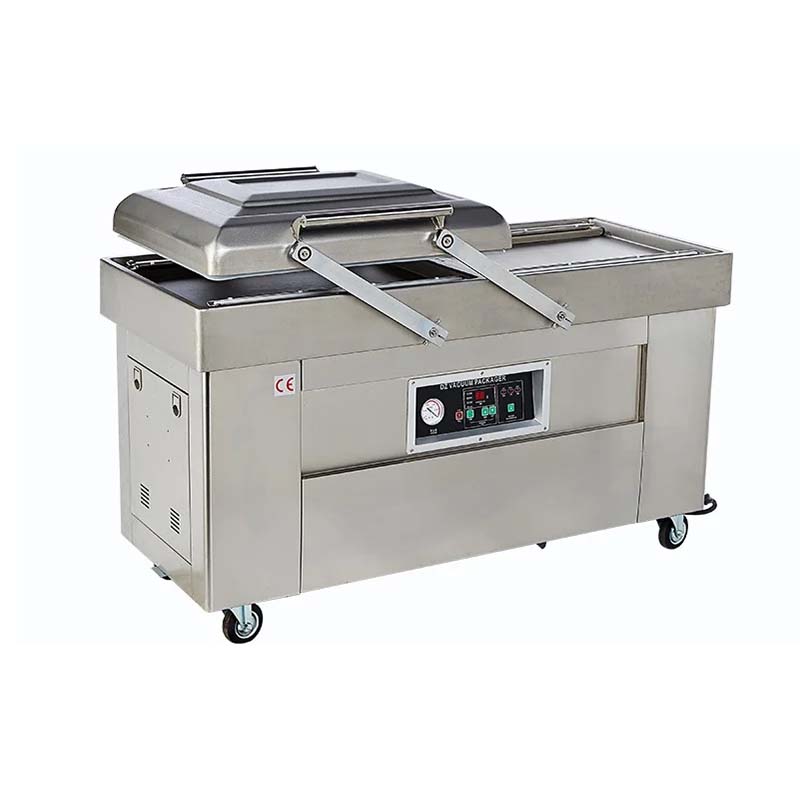Efficient Belt-Driven Exhaust Fans for Industrial Ventilation Solutions and Performance
Dec . 11, 2024 09:32 Back to list
Efficient Belt-Driven Exhaust Fans for Industrial Ventilation Solutions and Performance
Understanding Belt Driven Exhaust Fans Mechanisms and Applications
Belt driven exhaust fans are essential components in various industrial, commercial, and residential applications, designed to effectively manage airflow and enhance ventilation. These fans utilize a belt and pulley system to convert rotational energy into airflow, offering several advantages in terms of efficiency, power, and performance. In this article, we will explore the working principles, benefits, and applications of belt driven exhaust fans.
How Belt Driven Exhaust Fans Work
At the core of a belt driven exhaust fan is its motor, which serves as the primary source of power. The motor is connected to a drive pulley attached to the fan's blades via a belt. As the motor operates, it turns the drive pulley, which in turn moves the belt. The belt transfers this rotational motion to a larger driven pulley connected to the fan blades. This assembly results in the rotation of the fan blades, generating airflow that can expel air from a particular space or draw in fresh air.
This system is particularly advantageous because the use of belts allows for flexibility in installation. The distance between the motor and the fan can vary, providing options for layout and design that might be necessary in specific environments. Additionally, the belt system can dampen vibrations and noise, making these fans quieter than direct drive alternatives.
Advantages of Belt Driven Exhaust Fans
1. Efficiency Belt driven systems can achieve high levels of efficiency, particularly in larger installations. The ability to use a motor that runs at optimal speeds without being directly connected to the fan reduces energy consumption and enhances performance.
2. Speed Variability One of the primary benefits of using a belt driven fan system is the ability to manipulate speed. By changing the sizes of the pulleys or using variable frequency drives, operators can adjust fan speed to meet changing ventilation needs, maximizing energy efficiency while maintaining desired airflow.
3. Ease of Maintenance Belt driven exhaust fans typically offer ease of maintenance. If a belt wears out or needs to be replaced, it is often more straightforward to change a belt than to service a whole motor assembly. Furthermore, routine inspections can be performed without extensive disassembly.
belt driven exhaust fan

4. Lower Noise Levels These fans often produce less noise due to the belt’s ability to absorb vibrations, making them suitable for settings where sound levels are a concern, such as in schools, offices, or healthcare facilities.
Applications of Belt Driven Exhaust Fans
Belt driven exhaust fans are versatile and used in a multitude of applications. Some common uses include
- Industrial Ventilation In factories and warehouses, these fans expel fumes, heat, and stale air, ensuring a safe and comfortable working environment. They play a pivotal role in maintaining air quality in settings where hazardous materials may be present.
- Commercial Kitchens Exhaust fans help remove smoke, steam, and odors from commercial kitchens, promoting a cleaner and healthier cooking environment while complying with health regulations.
- Car Washes In car wash facilities, belt driven exhaust fans effectively remove excess moisture and odors, contributing to a more pleasant experience for customers.
- Greenhouses In agricultural settings, these fans promote air circulation within greenhouses, ensuring optimal plant growth conditions by regulating temperature and humidity levels.
Conclusion
Belt driven exhaust fans represent a critical element in effective ventilation systems across various industries. Their efficiency, adaptability in speed control, ease of maintenance, and lower noise output make them ideal choices for a wide range of applications. As the demand for energy-efficient and effective ventilation solutions grows, belt driven exhaust fans will continue to play a significant role in improving indoor air quality, enhancing workplace safety, and promoting comfort in living spaces. For anyone involved in facility management, construction, or HVAC systems, understanding the capabilities and functionalities of these fans is essential for making informed decisions that enhance both performance and efficiency.
-
Hot Sale 24 & 18 Door Rabbit Cages - Premium Breeding Solutions
NewsJul.25,2025
-
Automatic Feeding Line System Pan Feeder Nipple Drinker - Anping County Yize Metal Products Co., Ltd.
NewsJul.21,2025
-
Automatic Feeding Line System Pan Feeder Nipple Drinker - Anping County Yize Metal Products Co., Ltd.
NewsJul.21,2025
-
Automatic Feeding Line System - Anping Yize | Precision & Nipple
NewsJul.21,2025
-
Automatic Feeding Line System - Anping Yize | Precision & Nipple
NewsJul.21,2025
-
Automatic Feeding Line System-Anping County Yize Metal Products Co., Ltd.|Efficient Feed Distribution&Customized Animal Farming Solutions
NewsJul.21,2025






